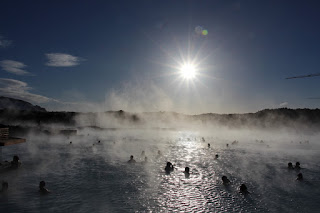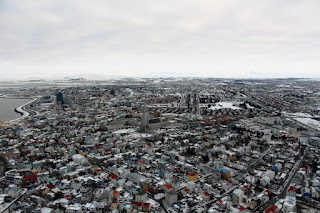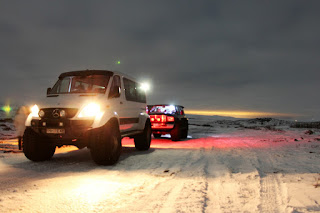Okinawa was once known as the 'Ryuku Kingdom', an independent kingdom that ruled from the 15th to 19th centuries, most known for generating substantial wealth and influence from its trade with China and Japan (who could not trade with each other in Ming times), as well as with Southeast Asia as well. It was annexed by Japan in Meiji times, then taken by the Americans post-WWII (where they still hold 25% of the land with numerous airbases), and returned to Japan in 1972.
I first became aware of Okinawa during my childhood when I had briefly studied karate, which was invented here in the 14th century, and refined over centuries. Later I had learned of their longevity (on average, they are the longest living people on Earth), and some of their unique cuisine (jimami - chewy peanut tofu, and 'sea grapes' - a form of seaweed that resembles small grapes or fish eggs). Luckily we had the chance to briefly experience some of these unique aspects over a long weekend.
While only having a chance to visit the main island and spending much of our time in Naha, the capital, it felt like a strong fusion of Chinese and Japanese cultures, and in many ways (architecture, climate, and people) resembled the smaller cities and countryside of Taiwan. This made some sense as Taiwan had experienced similar influences from both China and Japan, more heavily with the former, vs. Okinawa with the latter. It was nice to hear some of the original Okinawan language being spoken, albeit only between the more elderly in the population. We weren't around long enough to see significant American influence aside from a few fast food chains, hotdogs, taco rice and spam making it onto the menu of local restaurants.
I cannot comment much more on the culture or history having not seen enough, but we did have a chance to try the food, which was excellent given the freshness of the seafood and care given to raising the animals. They are especially proud of their pork, while they also have a highly marbled beef from Ishigaki, a nearby island. Definitely more to see here, and it will have to wait until next time.

























































